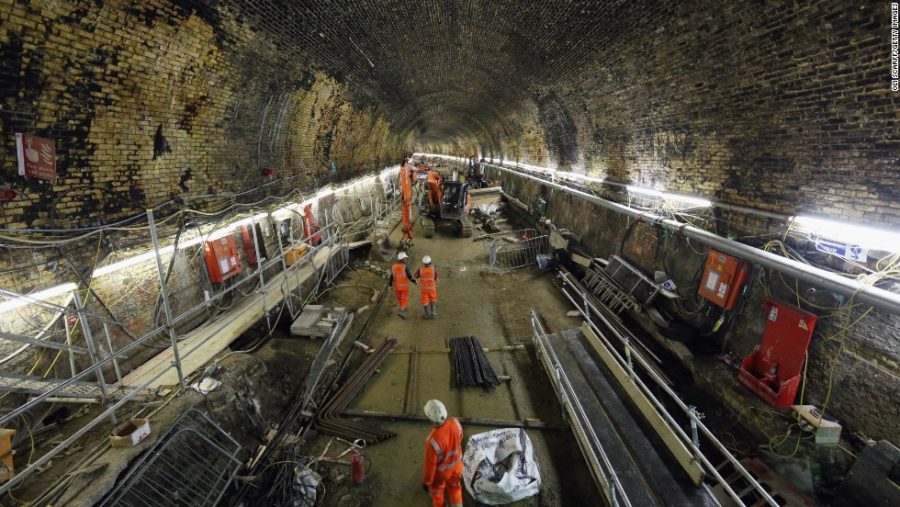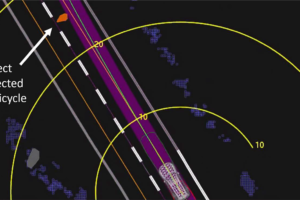If you have been following President Trump’s actions closely, you can see that he continues to give increasingly decision-making power among his inner circle in the White House. He is now beginning to take aim at regulations and environmental permitting with the power of the Executive Order.
The president signed an executive order detailing that for every 1 regulation that is passed, 2 regulations must be repealed. You can do the math to see how that may eventually play out. For businesses, this is a boon to them. Many large companies and small businesses feel excessive regulations are one of their main deterrents to profit-building. Less regulation mean less cost, greater profit, and ideally provide the impetus to hire more workers. However, this mindset has its detractors. DeSmogBlog posted a detailed blog about the ties of the order to the billionaire Koch Brothers, who spent over $900 million to put in conservative, business friendly people in Congress.
Then Trump signed an executive order that gives final say over what infrastructure projects are expedited in the environmental process to the White House Council on Environmental Quality (CEQ). These projects are deemed “high priority” by the chief and then he/she and the Council coordinate with state departments of transportation (DOTs) to speed the process. The order says: “It is the policy of the executive branch to streamline and expedite, in a manner consistent with law, environmental reviews and approvals for all infrastructure projects, especially projects that are a high priority for the nation, such as improving the U.S. electric grid and telecommunications systems and repairing and upgrading critical port facilities, airports, pipelines, bridges and highways.”
Expedition of environmental permitting and reviews has been something state DOTs have been seeking in order to speed up the delivery of projects. Typically, any infrastructure project has to go through an extensive environmental analysis process mandated by the National Environmental Policy Act, which was signed into law in 1970. NEPA is a framework of actions and mandates that are taken to ensure environmental protection and maintenance when any type of infrastructure project is built. Six factors need to be considered in an analysis: Purpose and Need; Alternatives; Impacts; Mitigation; Interagency Coordination; and Public Involvement. Each project would have an environmental impact statement (EIS) generated and the relevant agency to the project would approve the statement, which would then allow the project construction to move forward. According to a 2014 report by the Government Accountability Office, the average time of a permit analysis was 4.6 years – which many businesses and state DOTs consider way too lengthy.
With this new directive, the chief of the CEQ can decide which infrastructure projects can be designated the highest priority. This gives a significant amount of power to the chief to determine what projects can go through or not. It will be of note to notice who Trump puts in that position. If it a person more inclined to road and highway construction, it is most likely we could see significantly expedited highway and roadway widening projects, to name a few.





Leave a Reply